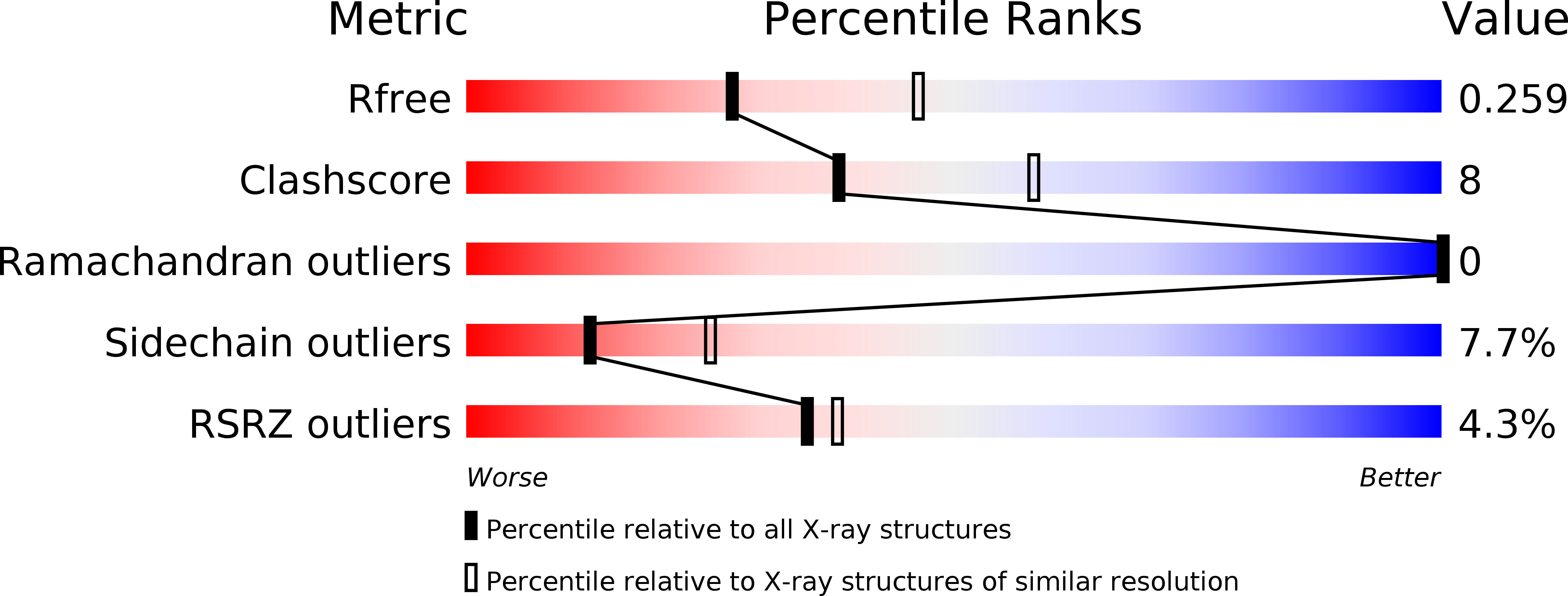
Deposition Date
2010-03-21
Release Date
2010-07-07
Last Version Date
2023-09-06
Entry Detail
PDB ID:
3M9A
Keywords:
Title:
Protein structure of type III plasmid segregation TubR
Biological Source:
Source Organism:
Bacillus thuringiensis (Taxon ID: 1430)
Host Organism:
Method Details:
Experimental Method:
Resolution:
2.50 Å
R-Value Free:
0.26
R-Value Work:
0.21
R-Value Observed:
0.22
Space Group:
I 2 2 2


